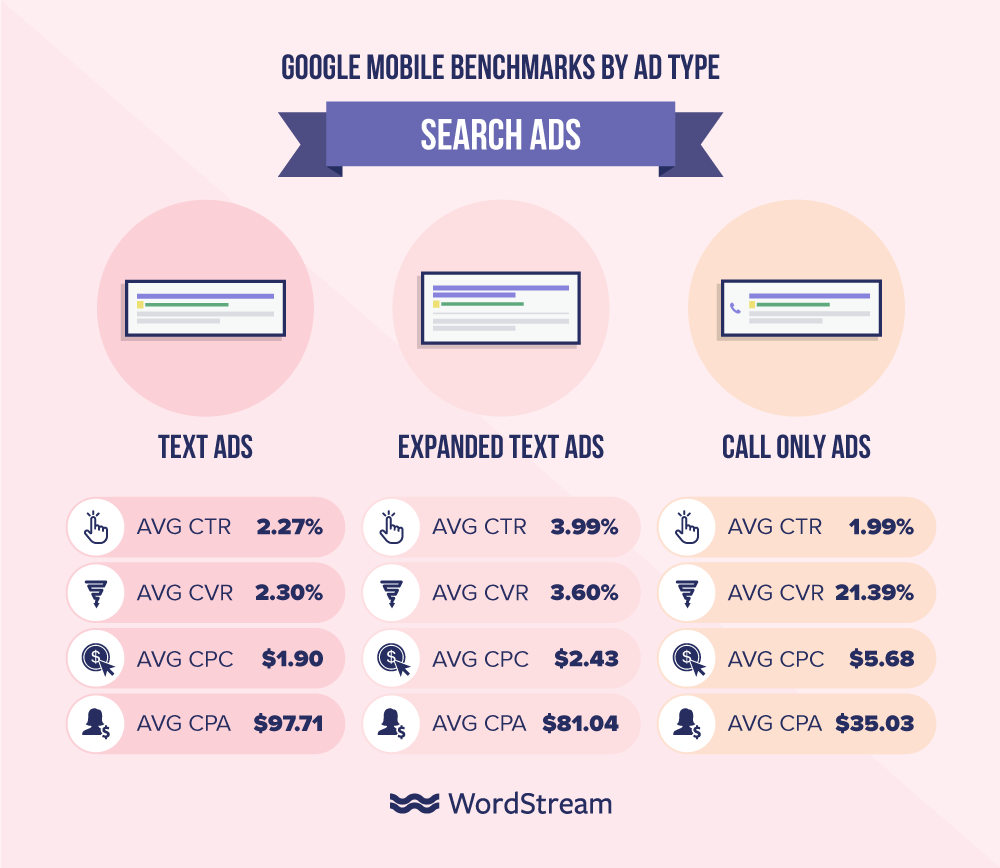
Are you tired of hearing this stat yet? Mobile traffic surpassed desktop traffic way back in 2016, and it’s only been increasing.
But many advertisers are still treating their campaigns with a desktop approach: Optimize your campaigns, ad groups, and landing pages for desktop first. Then you can start to bring in mobile traffic on the side.
That doesn’t work anymore. Mobile users have vastly different behavior than desktop searchers. Using the same strategy across devices isn’t viable.
Just yesterday, WordStream released some new data on average mobile ad conversion rates, and as you can see, the conversion rates vary widely based on what kind of ad we’re looking at. So you can’t even generalize across all mobile ads; the type of ad you’re using makes a big difference too.
Today’s PPC marketers need to optimize for mobile users and improve the conversion experience on smaller devices. Here are five tips to maximize conversions on your mobile-targeted search ads starting today.
1. Diversify Your Ad Extensions
Sitelink extensions are one of the most used ad extension types for PPC. They allow you to expand your ad copy past normal character limits and diversify your link offering rather than just having a single landing page.
But these are mostly optimized to desktop users who can easily open multiple tabs on their browser without negatively impacting the experience.
When it comes to mobile, there are extension choices specifically designed for a smaller screen and the way people search and communicate with their phone, like call extensions, which make it super easy for people to reach your business right from the ad.
One of the best newer ad extensions for mobile ads are message extensions:
With message extensions, you can have searchers text message your business for more information rather than having to read all the content on your website.
So, do they perform? Much better than standard issue text ads, and almost as good as call extensions when it comes to mobile search CTR:
When creating message extensions, you have a few key options to edit and customize the experience:
The “Text phone number” field is your business number that will respond and receive text messages from interested searchers.
Your extension text is what is shown in the actual ad that drives people to click, like “message us.”
Message text is where it gets really interesting and allows you to truly optimize for things like micro-moments and personalization. This is a pre-written message that populates the user’s message app when they click on your ad.
For instance, it allows you to custom tailor messages the user will send, saving them the time of typing it out.
When using message extensions, you have tons of room to diversify your CTAs based on keyword intent.
Targeting a purchase intent keyword? Use message extensions to promote exclusive deals.
Targeting a lower level research moment? Pre-populate the message app with key questions that users want answered.
2. Rethink Your Forms and Landing Pages
Browsing the internet on mobile isn’t always easy. There isn’t much room to navigate, fill out forms, and read tons of content.
When you search and click on mobile ads, you often still find the same old landing pages that are likely optimized for desktop as the priority.
Well, HubSpot was guilty of this too, until recently – when they took a minimalistic approach, shrinking both their forms and content for mobile users on the go.
This resulted in massive increases in conversions and decreased bounce rates.
For mobile ads and landing pages, always ask yourself: What is the most convenient way to have users convert or contact us?
Include multiple ways for mobile searchers to reach you: Phone calls, text messages, live-chat, simple forms.
Want to take this to the next level? Try some mobile specific scheduling. Only run your call extensions during business hours, and repeat that practice on your landing pages for mobile.
Take this example via Duda: the mobile landing page on the left shows only during business hours to ensure that calls don’t go unanswered:
The one on the right appears after the office is closed. Genius, right??
3. Optimize for “Micro-Moments”
Over the past few years, we’ve seen some incredible shifts in consumer behavior.
People are checking, searching, and using their smartphones more than ever before – 47% of millennials check their phones in bed right when they wake up. And 91% of people look up information about a subject on their phones while in the middle of a task. 82% will look up products and information while directly in stores.
And all of these are examples of “micro-moments.”
What’s a micro-moment, you ask? According to Google:
“Micro-moments occur when people reflexively turn to a device—increasingly a smartphone—to act on a need to learn something, do something, discover something, watch something, or buy something.”
The key about micro-moments is that they aren’t just purchasing actions. Sure, a micro-moment can be someone searching for a product and buying it within a few clicks. But micro-moments are also research-based. They’re information rich.
People are doing more than just buying. In fact, it takes 7-13 touches for the average customer to convert.
That’s potentially 13 different search queries in attempts to learn, educate themselves, and prepare for a purchase decision.
It’s tempting to skip those 12 earlier queries and only bid on the final purchase query in your PPC campaigns.
But when mobile consumers are doing so much research, skipping out on those micro-moments leaves you with zero brand awareness when it’s time to buy.
And that’s not good.
Who do you think a given searcher is going to buy from? The company that advertised in every single micro-moment delivering helpful information, or the one that randomly showed up at the end touting their product and nothing else?
In fact, people who have seen more of your ads are twice as likely to purchase from you:
This is why brand awareness campaigns are so important.
You can find micro-moments in every and any industry from products as cheap as a toothbrush to as expensive as a house.
In just the past few years alone, product review focused queries have skyrocketed by 35% on mobile.
On your next campaign, start researching keywords across the research process and every stage of intent so you can show up for micro-moments instead of just product based queries.
For example, you can structure your ad groups by different intent levels within your campaign:
Depending on your product or service, you should quickly be able to decipher what users are looking for. Did they search for reviews? Create mobile content in easy-to-read table form that compares features, pricing, and user ratings.
Are they looking for a product demo? Create a video they can watch on mobile, and make it easy for them sign up for a live demo right on their device.
Recently when searching for CRM software, I found some interesting ad results. But before we dive into those, what comes to mind when you see the query “best crm”? What do you expect to see?
Here are the search results:
Notice how the top three ads are all CRM software saying that they are the best of the best.
Cool, but that’s not what I wanted. These companies went straight for the sale, skipping a huge micro-moment in my buying journey.
The fourth-ranking ad was perfect: a site dedicated to educating users about different CRM software. They didn’t move in for the sale, but rather educated me and provided quality information for my research. Chances are I’ll be back to learn more and potentially convert through an affiliate link.
In short: Stop focusing only on purchase intent keywords. Start figuring out what micro-moments your customers go through before making a decision and produce quality content for each stage of their mobile research experience.
4. Speed, Speed, and More Speed
Mobile users want answers now, not later. There is nothing more frustrating than waiting 20 seconds for a web page to load on mobile, and most people won’t.
Google has found that 53% of your traffic will leave if your site takes longer than three seconds to load.
That’s all you have: three seconds. If your site is too slow and users bounce, that’s wasted money in clicks and potential sales.
Plus, 85% of users are “unlikely to forgive bad mobile experiences.”
Meanwhile, 89% are likely to recommend good experiences.
Speed is often put on the backburner. But when it comes to maximizing your mobile ads, speed should be a primary concern. And according to Google, almost everyone in every industry is guilty of having overly slow mobile speeds:
Look at that – technology is actually the worst!
Reduce your page sizes by compressing images or removing them entirely if they don’t add value. Remove unnecessary page elements that bog down load times like sliders and carousels.
Simplify your content and take the user experience into account. Speed can literally make or break your mobile campaign.
5. Optimize Your Call-Only Campaigns
What’s your first move when looking to maximize conversions on a campaign for mobile? Do you jack up your bids 10x? Do you increase your daily maximum budget by 2x?
If so, you could probably be capturing tons of conversions for a lot less money.
You can improve your call-only campaigns quickly just by using a better bidding strategy.
An easy way to start your campaigns off with a bang is through aggressive bidding. This will allow you to take the top ad positions fast, driving leads and sales while giving you time to perfect your quality score.
A great place to locate starter bidding information is in the AdWords keyword tool. With new updates, two metrics are critical to focus on:
- Top of page bid (low range): the low end of what you have to pay to be on the top of the first page.
- Top of page bid (high range): the high end of what you have to pay to rank in the top two positions on the first page
These metrics will vary depending on what filters you apply, like campaign location targeting and more.
Start with higher than normal bids on your call-only campaigns to get your phone number in front of searchers fast.
Since it’s a call-only campaign, you have less work to do in terms of a landing page to improve quality score.
Bid with at least the top of page bid (high range). Analyze your costs and conversions after a few days and adjust from there.
Starting with high bids allows you to gain top positions and then decrease bids while still retaining those positions after building up good CTR and conversions to improve your quality scores.
But bidding is just the first step in improving your call-only campaigns.
Whether you want to drive traffic back to your website and have a call button CTA or drive phone calls directly from your ads, you need better call tracking. If you have had any experience with AdWords call reporting in the past, you know what I’m talking about:
Yeah, that’s super helpful, thanks Google!
Call duration can be somewhat indicative of call quality and success, but none of these metrics give you the full story. They don’t tell you who actually bought from you or what happened.
Area codes are worthless because you can’t tie it back to real customers in your pipeline, especially if your business thrives on local sales.
Where is the real, helpful information? Details like:
- Specific keywords that drove the call
- Browsing history of the caller
- Specific caller location
- Did they actually buy from you?
Unfortunately, if you’ve only been using AdWords’ default reporting, you’re missing out.
Third-party call tracking software is abundant now and essential for precise data on your phone call success. A good call tracking tool allows you to track detailed data on each caller including specific location, visitor sources, web session history, and more.
Session tracking also opens the door for aggressive remarketing campaigns to push users past micro-moments and into buying decisions.
Knowing what they are interested in, you can target new campaigns based on URL visits, deciphering intent about the pages they visited.
If these tips have one thing in common, it’s intent: the more you optimize for the unique use cases of the mobile user, the more conversions you’ll get from this important and growing segment of your site traffic.



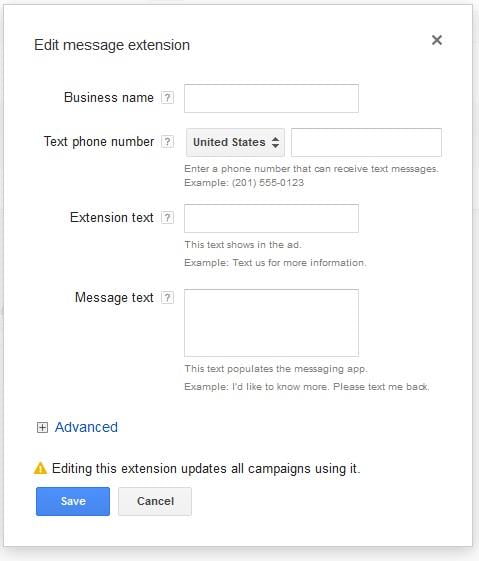



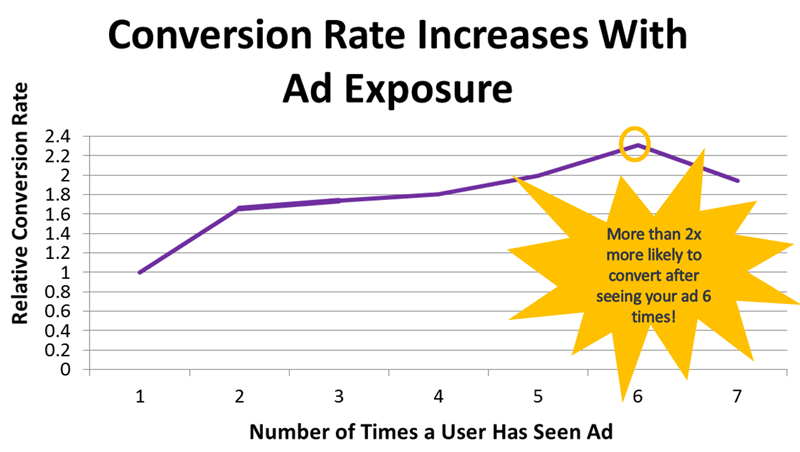
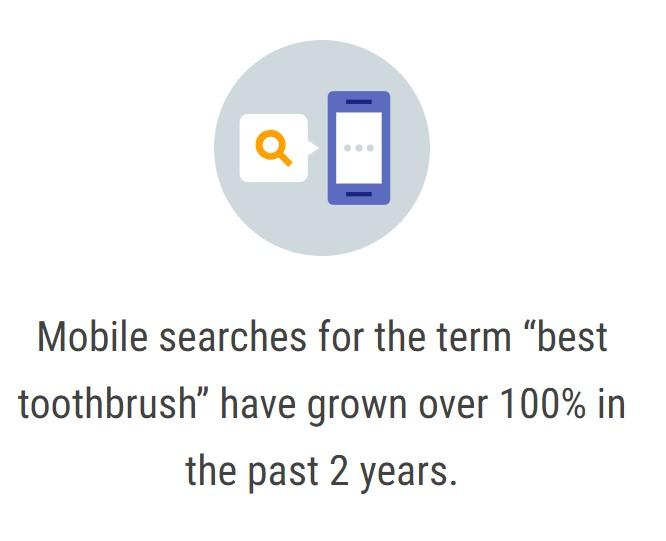
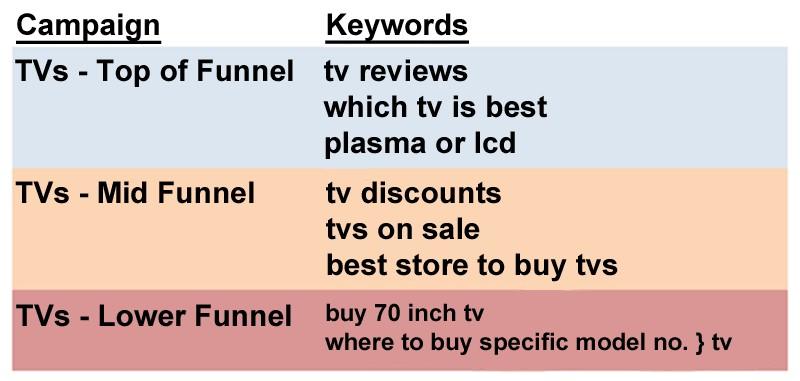


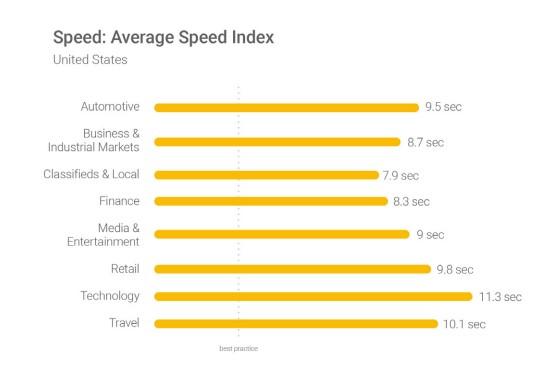




![Search Advertising Benchmarks for Your Industry [Report]](https://www.wordstream.com/wp-content/uploads/2024/04/RecRead-Guide-Google-Benchmarks.webp)


